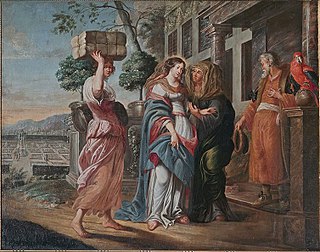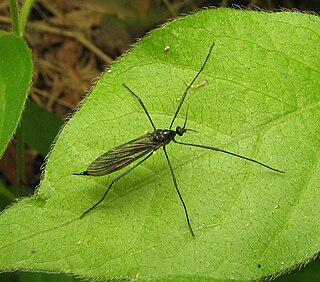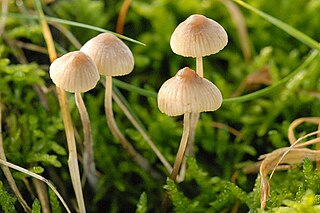
Albertus Magnus, O.P., also known as Saint Albert the Great and Albert of Cologne, was a German Catholic Dominican friar and bishop. Later canonised as a Catholic saint, he was known during his lifetime as Doctor universalis and Doctor expertus and, late in his life, the sobriquet Magnus was appended to his name. Scholars such as James A. Weisheipl and Joachim R. Söder have referred to him as the greatest German philosopher and theologian of the Middle Ages. The Catholic Church distinguishes him as one of the 36 Doctors of the Church.
Marcus Junius M. f. M. n. Silanus, was the eldest son of Marcus Junius Silanus Torquatus and Aemilia Lepida. His mother was the great-granddaughter of the emperor Augustus. As a member of the imperial family, Silanus could therefore be considered a possible candidate for the succession.

The Tree of Jesse is a depiction in art of the ancestors of Christ, shown in a tree which rises from Jesse of Bethlehem, the father of King David and is the original use of the family tree as a schematic representation of a genealogy. It originates in a passage in the biblical Book of Isaiah which describes metaphorically the descent of the Messiah, and is accepted by Christians as referring to Jesus. The various figures depicted in the lineage of Jesus are drawn from those names listed in the Gospel of Matthew and the Gospel of Luke.

Johann Sebastian Bach's Magnificat, BWV 243.2, BWV 243, is a musical setting of the biblical canticle Magnificat. It is scored for five vocal parts, and a Baroque orchestra including trumpets and timpani. It is the first major liturgical composition on a Latin text by Bach.

Opisthoncus is a spider genus of the Salticidae family. Many Australian species are as yet undescribed.

Aegista is a genus of air-breathing land snails, terrestrial pulmonate gastropod mollusks in the family Bradybaenidae.

Gnophomyia is a genus of crane fly in the family Limoniidae.

Mycena flavoalba, commonly known as the ivory bonnet, is a species of inedible mushroom in the Mycenaceae family. The cap is initially conical in shape, before becoming convex and then flattening out; it may reach dimensions of up to 1.5 cm (0.6 in) across. The cap color is ivory-white to yellowish white, sometimes more yellowish at the center. The tubular stems are up to 8 cm (3.1 in) long and 2.5 mm (0.10 in) thick, and have long, coarse white hairs at their bases. The mushroom is found in Europe, the Middle East, and North America, where it grows scattered or in dense groups under conifers and on humus in oak woods.

Hemimycena is a genus of fungi in the family Mycenaceae. The genus has a widespread distribution, and according to a 2008 estimate, contains about 50 species. The genus was described by mycologist Rolf Singer in 1938. They lack of amyloid reaction in the spores.
Sambus is a genus of beetles in the family Buprestidae, the jewel beetles. There are some 165 species distributed across Africa, parts of Asia, and Oceania, including Australia.

Acmaeodera is a genus of beetles in the family Buprestidae, a group of metallic wood-boring beetles favored by insect collectors. Whereas most beetles including most buprestids fly with their elytra held out and vibrating their hindwings to give lift and thrust, the Acmaedodera, however, fly with their hind wings only — the elytra are fused down the center and form a shield over the insect's abdomen, even during flight. This fact, combined with the banding across the abdomen which is common in this family, gives many of them a distinct wasp-like appearance when in flight. Several are therefore considered hymenopteran mimics.
Hemilophini is a tribe of longhorn beetles of the Lamiinae subfamily.
Pseudotorinia is a genus of sea snails, marine gastropod mollusks in the family Architectonicidae, the staircase shells or sundials.
Acasanga is a genus of longhorn beetles of the subfamily Lamiinae, containing the following species:
Cephaloleia delectabilis is a species of rolled-leaf beetle in the family Chrysomelidae, first found in Mexico.
Acasanga humeralis is a species of beetle in the family Cerambycidae. It was described by Waterhouse in 1880. It is known from Ecuador.
Cephaloleia is a genus of beetle in the subfamily Cassidinae of family Chrysomelidae. It is endemic to the Neotropical realm.
Nicida is a genus of air-breathing land snails, terrestrial pulmonate gastropod mollusks in the family Diplommatinidae. These snails are restricted to Western Ghats of India and Sri Lanka.









